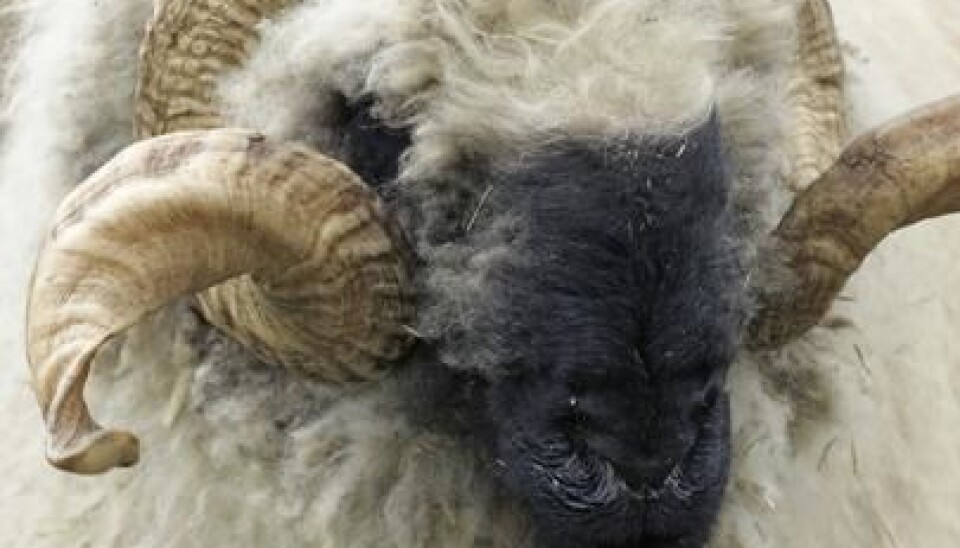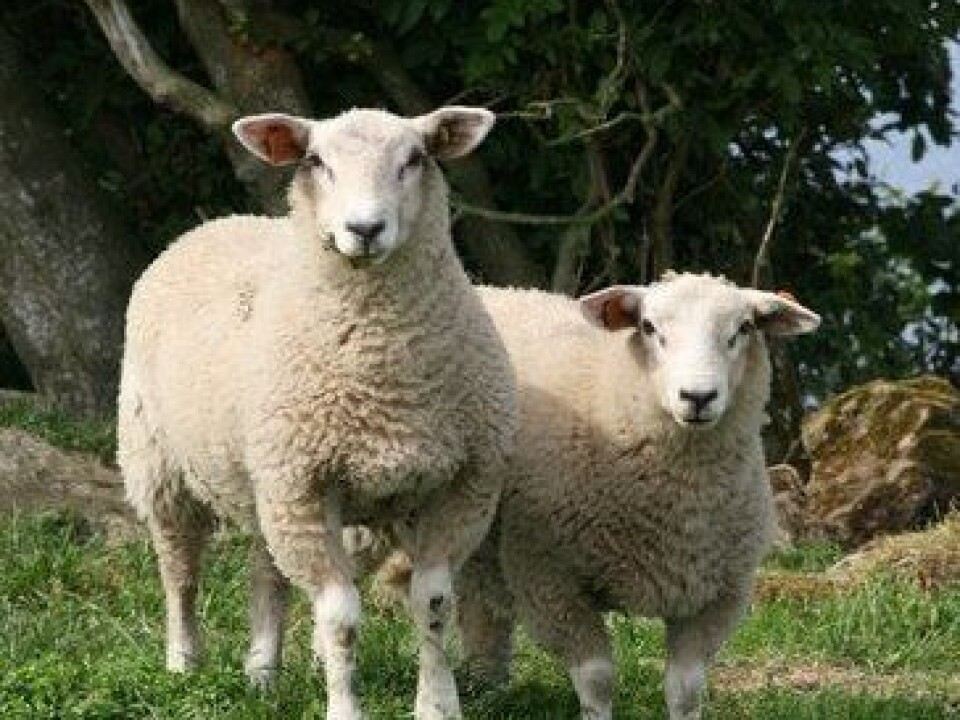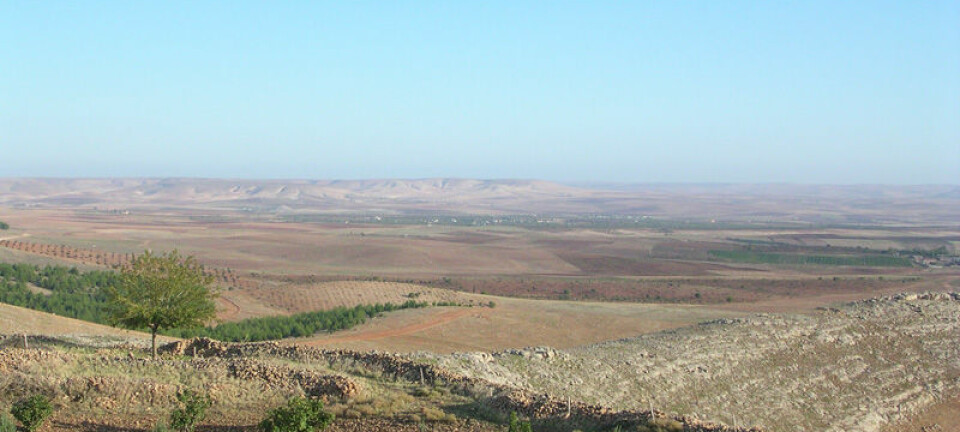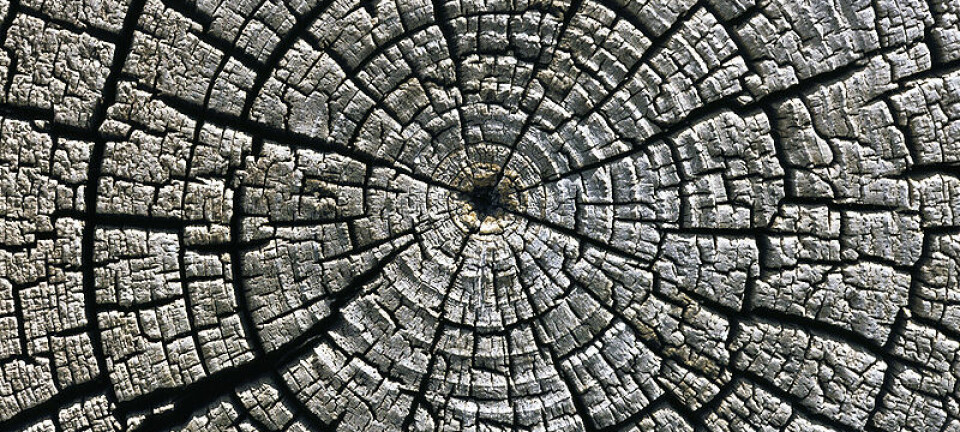This article was produced and financed by Norwegian School of Veterinary Science

Natural mating is out and insemination is in
Simpler insemination techniques for sheep and goats have enabled farmers to carry out artificial insemination on their animals themselves.
Denne artikkelen er over ti år gammel og kan inneholde utdatert informasjon.
Artificial insemination makes it possible to spread valuable genetic material over large geographic areas, while at the same time reducing the risk of transmitting infectious diseases.
During the 1960s, artificial insemination was introduced as a supplement to natural mating in sheep and goats in Norway.
Sheep were inseminated with both fresh and frozen semen, while most of the semen used for goats was frozen because of the vast distances between goat herds.
Complicated and expensive techniques
However, complicated insemination techniques and high costs limited the use of artificial insemination in sheep and goats. Insemination had to be carried out by authorised personnel and problems with the distribution of fresh semen and low pregnancy rates when using frozen semen were both factors that led to a limited use of artificial insemination.

In order to prevent the transmission of infectious diseases such as scrapie and paratuberculosis, the Norwegian Animal Health Authority introduced restrictions on the mobility of sheep and goats during the 1990s. As a result, the exchange of male animals for mating became difficult and the need for artificial insemination increased.
In order to persuade sheep and goat farmers to use more semen in breeding, it was necessary to evaluate procedures for the treatment of sperm and for insemination and also to study the logistics and economics involved in a large-scale implementation of artificial insemination.
Anne Nordstoga has studied these issues in her doctoral thesis where she has for the most part focused on the conservation of frozen ram and buck sperm and on the development of insemination techniques which do not have to be carried out by authorised personnel.
Vaginal deposition
In a field trial on ewes, cervical deposition of frozen sperm was compared with vaginal deposition. The deposition of semen in the cervix is relatively complicated in sheep and requires a certain amount of equipment. With vaginal deposition, the dose of semen is inserted into the vagina and only the minimum of equipment is needed.
"The latter technique is therefore considerably simpler than cervical insemination and the farmers can carry out the procedure themselves after attending a one-day artificial insemination course," says Nordstoga.
The success rate of artificial insemination is expressed by the pregnancy rate, and the higher the percentage of pregnancies after the first insemination attempt, the more economically viable the method.
The percentage of pregnancies resulting from cervical deposition was somewhat higher than with vaginal deposition.
"But because cervical deposition is a more complicated and costly technique, vaginal insemination of ewes is the chosen method for artificial insemination of sheep here in Norway," explains Nordstoga.
New thawing method
The semen is frozen in thin plastic tubes: straws. At the time of the trial, the standard procedure for inseminating ewes was to freeze the semen in mini straws, thaw it at 35°C and insert it into the cervix, where there is limited space, hence the need to use very small straws.
When comparing the pregnancy rates in groups inseminated with medium-sized straws (0.5 ml) and mini straws (0.25 ml), no significant difference was discovered. The insemination dose of 200 x 106 sperms was inserted into the vagina.
The medium-sized straws have clear advantages when it comes to technical production and also to the sperm survival rate. However, the optimal thawing procedure for ram semen in medium straws was not known and different thawing methods were therefore compared.
"The highest rate of pregnancy was attained by thawing medium straws at 50°C, and this is the method that is now routinely used," says Nordstoga.
Simpler to freeze buck sperm
In a study of Norwegian dairy goats, Nordstoga compared simple and double vaginal insemination using the same total number of sperms. In half of the goats, two straws of 200 x 106 sperms were inserted simultaneously (single insemination), while in the other half, two straws of 200 x 106 were inserted with a 12-hour time lapse between them (double insemination).
The difference between single and double insemination was found to be insignificant.
"Vaginal deposition of two straws of 200 x 106 simultaneously means less work for the producer and is therefore currently the usual insemination procedure for goats in Norway," says Nordstoga.
Field trials were also carried out on goats using frozen sperm diluted with different substances, or extenders, before freezing: egg yolk (which protects the sperm membrane against shock from the cold) and a commercial product not containing egg yolk.
Buck sperm contains an enzyme which cleaves the lecithin in egg yolk to a compound that is toxic to sperm and the buck semen must therefore undergo time-consuming procedures which are also harmful to the sperm, before a diluent containing egg yolk can be safely administered. The commercial product is much simpler to use and is therefore now employed for freezing buck semen.
New and safer test for semen quality under trial
The evaluation of semen quality has traditionally been based on an appraisal of the volume of ejaculate: sperm density, ability to move and appearance. However, this does not provide a satisfactory picture of a male animal's fertility.
Sperm Chromatin Structure Assay (SCSA) is a method for analysing the DNA-characteristics of sperm which has proved to correspond well with fertility in other animal species.
By trying out this test on buck sperms, Nordstoga discovered that certain characteristics of the sperm's DNA can be used to predict the fertility of rams too. In this way, rams with low fertility can be excluded from the breeding programme at an early stage. However, the test must be studied further before it can be used.
-------------------------
Read the Norwegian version of this article at forskning.no
































